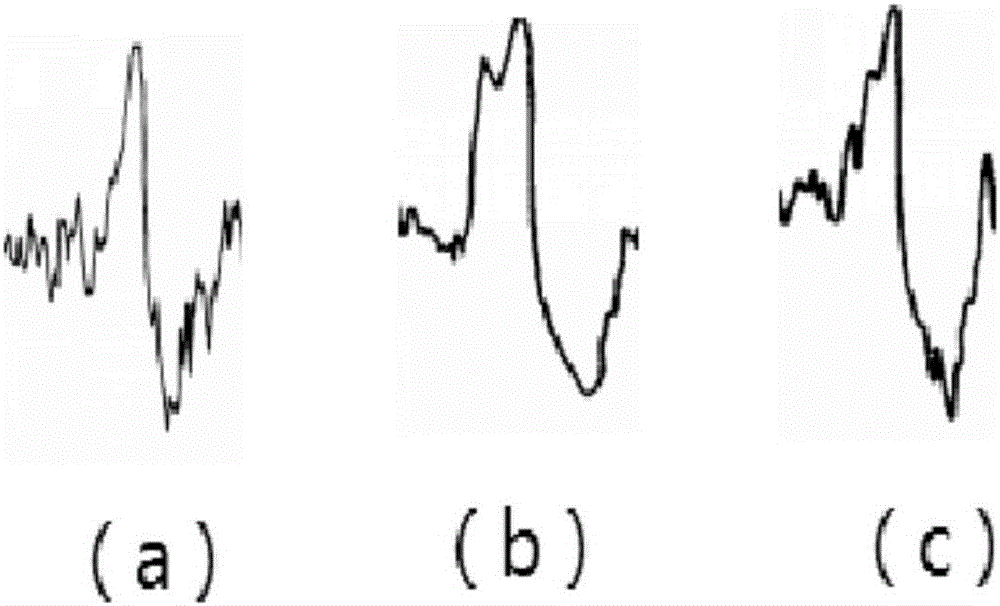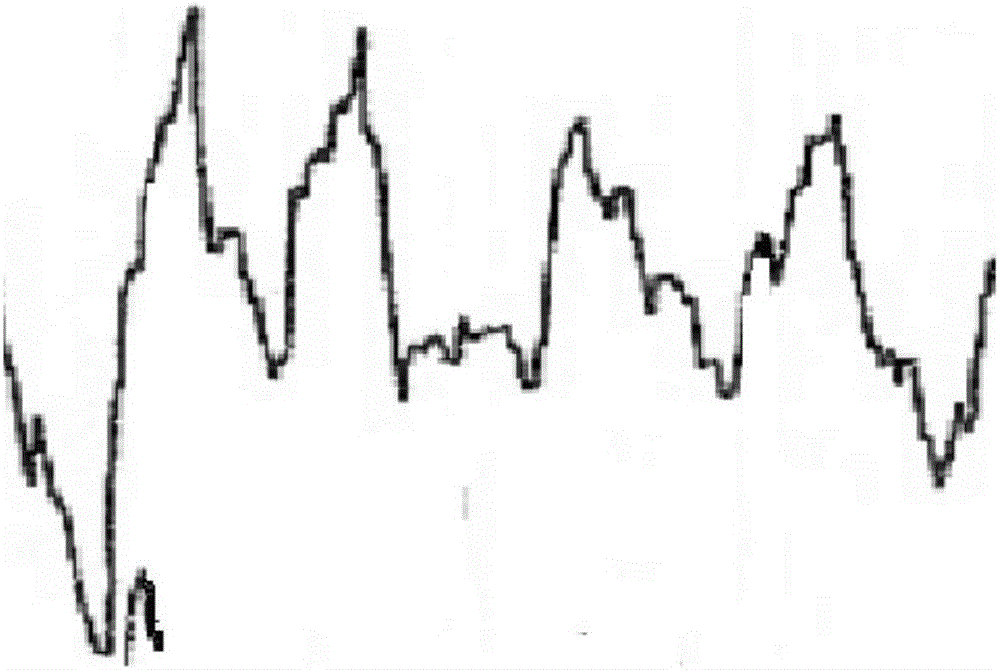Marking equipment for data type of electroencephalogram signals in sleeping state
An EEG signal and data type technology, applied in the field of sleep aids, can solve problems such as weak EEG signal strength, mixed interference, and low recognition accuracy of personal classifiers
- Summary
- Abstract
- Description
- Claims
- Application Information
AI Technical Summary
Problems solved by technology
Method used
Image
Examples
Embodiment Construction
[0017] The following describes an embodiment of the marking device for brain electrical signal data types in a sleep state of the present invention in conjunction with the accompanying drawings.
[0018] reference figure 1 As shown, figure 1 It is a schematic structural diagram of an EEG signal data type labeling device in a sleep state according to an embodiment, including: EEG electrodes, reference electrodes, analog-to-digital converters, filter circuits, and processors;
[0019] The EEG electrode and the reference electrode are respectively connected to an analog-to-digital converter, and are sequentially connected to the processor through the analog-to-digital converter and the filter circuit;
[0020] The EEG electrode is used to detect the EEG signal of the user during sleep; the analog-to-digital converter converts the EEG signal into a digital signal, and the filter circuit performs low-frequency filtering on the EEG signal and then inputs it to the processor;
[0021] The pro...
PUM
 Login to View More
Login to View More Abstract
Description
Claims
Application Information
 Login to View More
Login to View More - R&D
- Intellectual Property
- Life Sciences
- Materials
- Tech Scout
- Unparalleled Data Quality
- Higher Quality Content
- 60% Fewer Hallucinations
Browse by: Latest US Patents, China's latest patents, Technical Efficacy Thesaurus, Application Domain, Technology Topic, Popular Technical Reports.
© 2025 PatSnap. All rights reserved.Legal|Privacy policy|Modern Slavery Act Transparency Statement|Sitemap|About US| Contact US: help@patsnap.com



